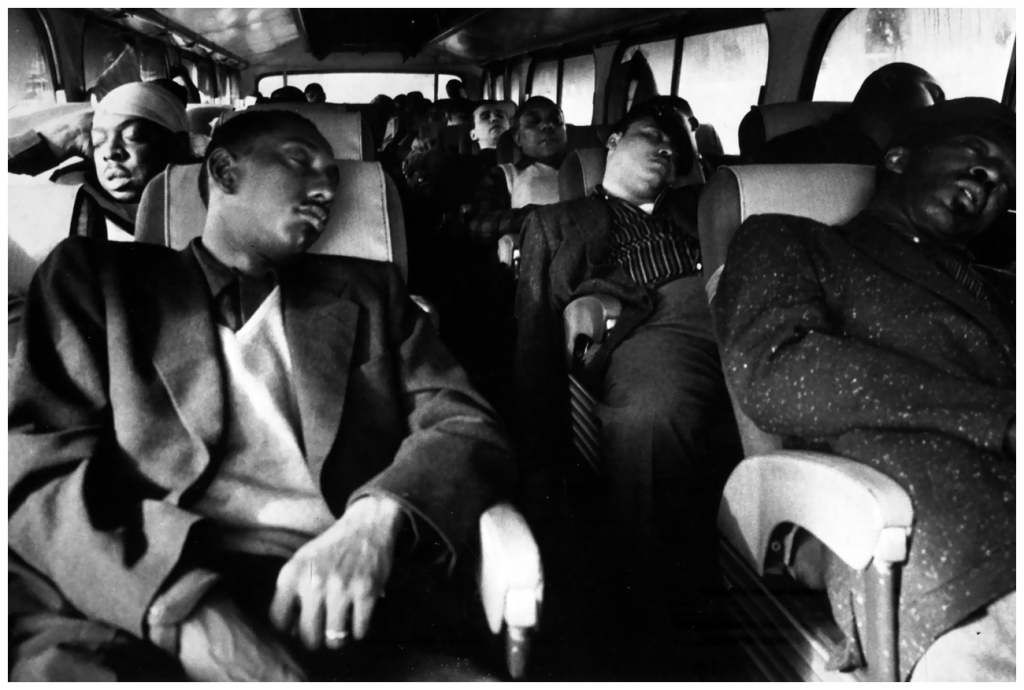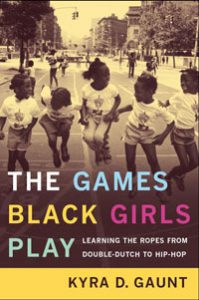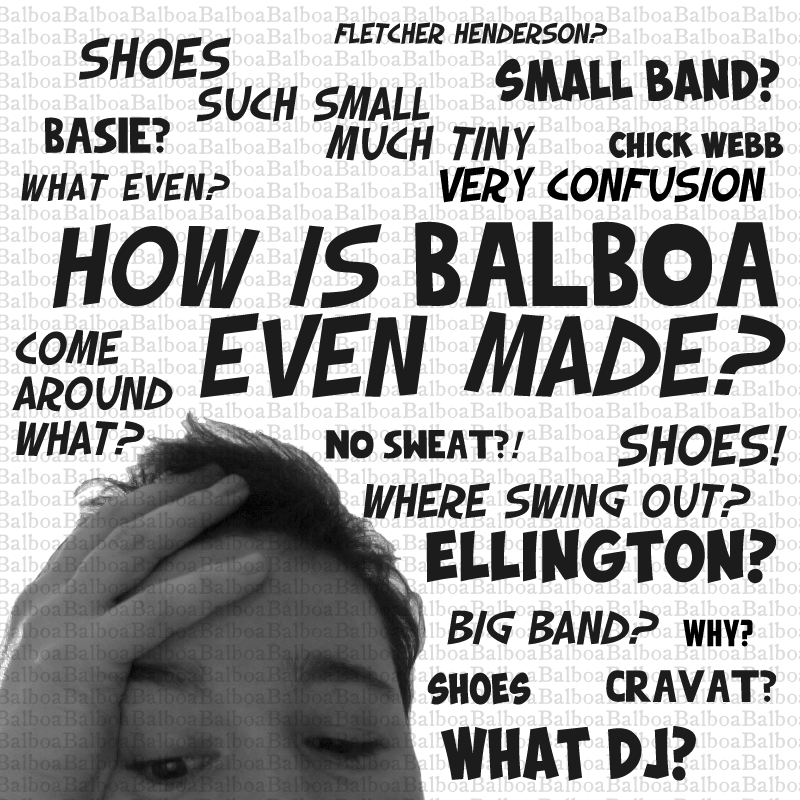I DJed for balboa dancers at SBOSS Today. I really liked it.
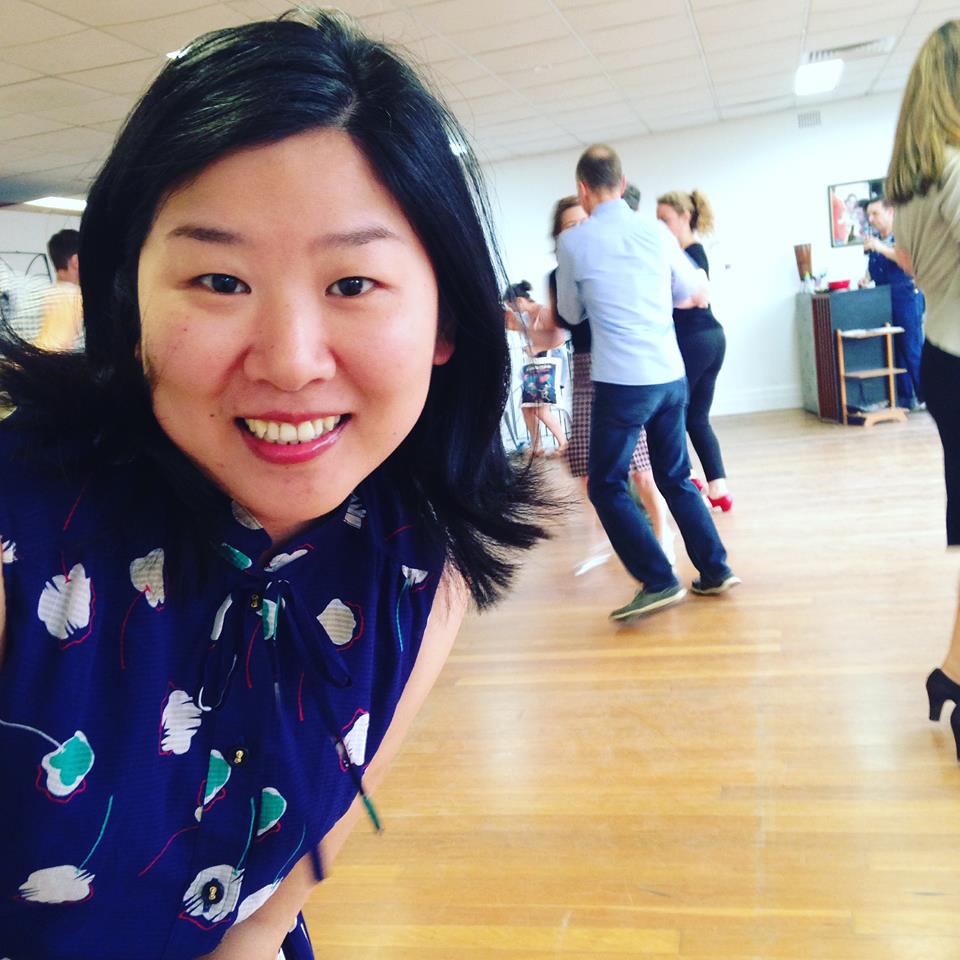
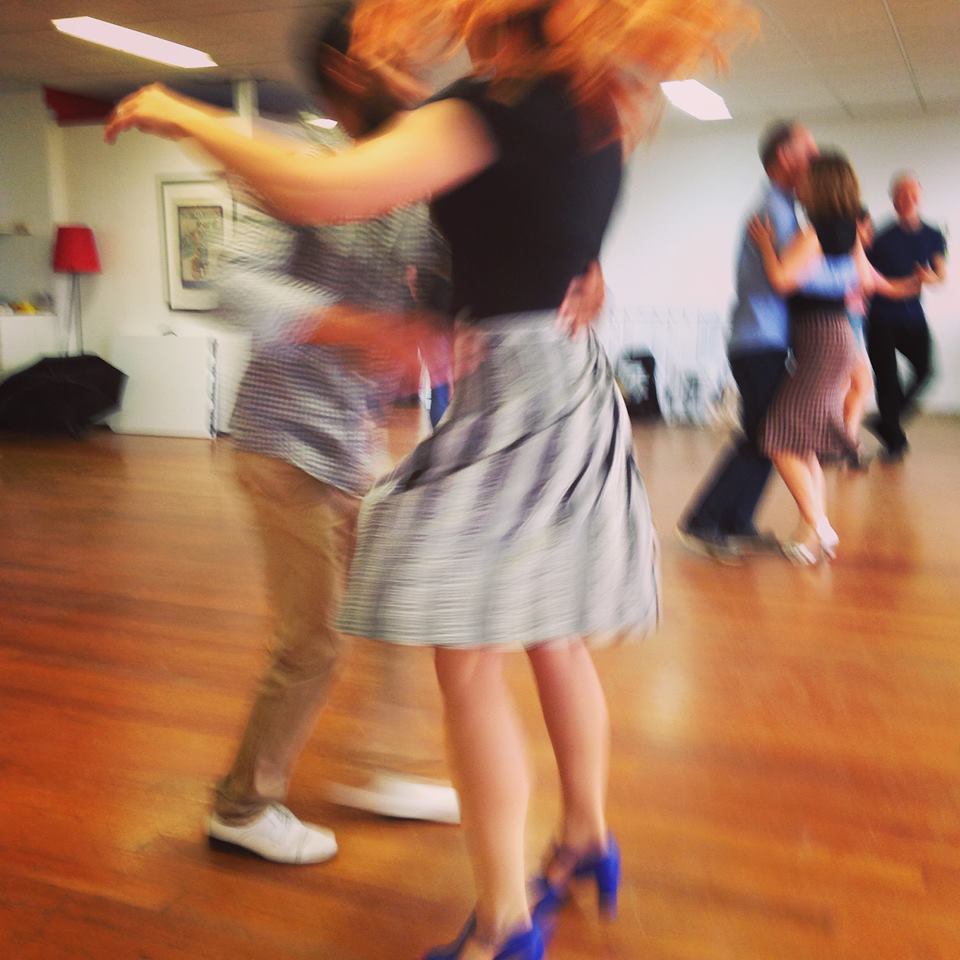
This is what I ended up playing. I was going to make a spotify list, but I couldn’t find the first two songs so I gave up.
I can’t remember if I played all those live Ella songs at the end or not – there was a request for some faster stuff to practice jamming to for Bal on the River next weekend.
Basically: I LOVED this set, because I got to play music I adore and love to listen to. It reminded me of Herrang.
Songs that failed: really just that live version of Rock A Bye Basie. It’s a bit shit.
Surprise win: Let Yourself Go (Bunny Berigan and his Boys). I love that song SO much. Dancers really dug it.
I was delighted by how much the dancers liked the stuff I really at the moment: the classic big band stuff. Seeing people dance to that Basie version of Honeysuckle Rose: solid gold.
It Ain’t Like That 1941 Una Mae Carlisle 190 2:30 Complete Jazz Series 1941 – 1944
Jack, I’m Mellow 1938 Trixie Smith acc. By Charlie Shavers, Sidney Bechet, Sammy Price, Teddy Bunn, Richard Fullbright, O’Neil Spencer 199 2:49 Charlie Shavers and The Blues Singers 1938-1939
Seven Come Eleven 2016 Michael Gamble and the Rhythm Serenaders 223 3:22 Michael Gamble and the Rhythm Serenaders
“C” Blues 1941 Barney Bigard and his Jazzopators (Ray Nance, Juan Tizol, Ben Webster, Harry Carney, Duke Ellington, Jimmy Blanton, Sonny Greer) 187 2:53 The Duke Ellington Centennial Edition: Complete RCA Victor Recordings (disc 12)
Feedin’ The Bean 1941 Count Basie and his Orchestra (Buck Clayton, Harry Edison, Al Killian, Ed Lewis, Ed Cuffee, Dan Minor, Dicky Wells, Earle Warren, Tab Smith, Don Byas, Coleman Hawkins, Buddy Tate, Jack Washington, Freddie Green, Walter Page, Jo Jones, Buster Harding) 178 3:15 Classic Coleman Hawkins Sessions 1922-1947 (Mosaic disc 06)
Honeysuckle Rose 1937 Count Basie and his Orchestra (Joe Keyes, Buck Clayton, Carl Smith, George Hunt, Dan Minor, Caughey Roberts, Jack Washington, Lester Young, Herschel Evans, Claude Williams, Walter Page, Jo Jones, Jimmy Rushing, Fletcher Henderson, Don Redman, Buster Smith 225 2:58 Classic 1936-1947 Count Basie And Lester Young Studio Sessions Mosaic (disc 02)
Don’t Tetch It! 1942 Una Mae Carlisle with Charlie Shavers, Buster Bailey, Russell Procope, Billy Kyle, John Kirby, O’Neil Spencer 191 2:21 Una Mae Carlisle: Complete Jazz Series 1941 – 1944
You Got to Give Me Some 2007 Midnight Serenaders (David Evans, Dee Settlemier, Doug Sammons, Garner Pruitt, Henry Bogdan, Pete Lampe) 187 4:02 Magnolia
Swing 39 2012 Ultrafox (Peter Baylor, Jon Delaney, Andy Baylor, Michael McQuaid, Julie O’Hara, Sebastien Girardot) 200 3:30 Chasing Shadows
One O’Clock Jump 1937 Count Basie and his Orchestra (Ed Lewis, Buck Clayton, Bobby Moore, George Hunt, Eddie Durham, Dan Minor, Earle Warren, Lester Young, Herschel Evans, Jack Washington, Freddie Green, Walter Page, Jo Jones, Jimmy Rushing, Skippy Martin, Buster Smith) 181 3:00 Classic 1936-1947 Count Basie And Lester Young Studio Sessions Mosaic (disc 02)
Date For Eight (1946) 1946 Billy Kyle’s Big Eight (Dick Vance, Trummy Young, Buster Bailey, Lem Davis, John Hardee, Billy Kyle, John Simmons, Buddy Rich) 218 3:00 The Complete H.R.S. Sessions (Mosaic disc 4)
The Girl I Left Behind Me 1941 Bob Wills 206 2:40 San Antonio Rose [disc 10]
Don’t Try Your Jive On Me 1938 Una Mae Carlisle with Dave Wilkins, Bertie King, Alan Ferguson, Len Harrison, Hymie Schneider 188 2:52 Una Mae Carlisle: Complete Jazz Series 1938 – 1941
Slidin’ & Glidin’ 2016 Michael Gamble and the Rhythm Serenaders 160 3:34 Michael Gamble and the Rhythm Serenaders
Let Yourself Go 1936 Bunny Berigan and his Boys (Chick Bullock (vcl), Bunny Berigan (tp), Bud Freeman, Forrest Crawford, Joe Bushkin, Eddie Condon, Mort Stulmaker, Dave Tough) 168 2:50 The Complete Brunswick, Parlophone and Vocalion Bunny Berigan Sessions (Mosaic disc 4)
Benny’s Bugle 1940 Benny Goodman Sextet (Cootie Williams, George Auld, Count Basie, Charlie Christian, Artie Bernstein, Harry Jaeger) 203 3:06 Charlie Christian: The Genius of The Electric Guitar (disc 2)
Big John’s Special 1934 Fletcher Henderson and his Orchestra (Henry ‘Red’ Allen, Buster Bailey, Ben Webster, Benny Carter) 204 2:52 Tidal Wave
C-Jam Blues 1949 Duke Ellington and his Orchestra 185 3:23 At The Hollywood Empire
Rattle And Roll 1945 Benny Goodman and his Orchestra (Johnny Best, Conrad Gozzo, Billy Butterfield, Bernie Privin, Kai Winding, Chauncey Welsch, Dick LeFave, Bill Shine, Gerry Sanfino, Stan Getz, Peanuts Hucko, Danny Bank, Mel Powell, Mike Bryan, Barney Spieler, Buddy Rich) 178 3:18 Classic Columbia and Okeh Benny Goodman Orchestra Sessions (1939-1958) (Mosaic disc 06)
Rock-A-Bye Basie Count Basie and his Orchestra 193 5:05 One O’Clock Jump2
Moten Swing 1944 Jay McShann’s Kansas City Stompers 192 2:57 Kansas City Blues 1944-1949 (Disc 1)
Lunceford Special 1939 Jimmie Lunceford and his Orchestra 235 2:52 Lunceford Special 1939-40
Jumpin’ at the Woodside 1939 Benny Goodman and his Orchestra (Ziggy Elman, Chris Griffin, Corky Cornelius, Bruce Squires, Red Ballard, Vernon Brown, Toots Mondello, Buff Estes, Jerry Jerome, Bus Bassey, Fletcher Henderson, Arnold Covey, Artie Bernstein, Nick Fatool) 248 3:02 Classic Columbia and Okeh Benny Goodman Orchestra Sessions (1939-1958) (Mosaic disc 01)
Air Mail Special (Good Enough To Keep) 1941 Benny Goodman Sextet (Cootie Williams, George Auld, Johnny Guarnieri, Charlie Christian, Artie Bernstein, Dave Tough) 230 3:23 Charlie Christian: The Genius of The Electric Guitar (disc 3)
Losers Weepers (Live) Tommy Dorsey & Bill Abernathy 181 5:42 Tommy Dorsey Plays Sweet & Hot (Live)
Twenty Four Hours a Day (Bonus Track) 2016 Michael Gamble and the Rhythm Serenaders 228 2:51 Michael Gamble and the Rhythm Serenaders
Doggin’ Around 1938 Count Basie and his Orchestra (Ed Lewis, Buck Clayton, Harry Edison, Bennie Morton, Eddie Durham, Dan Minor, Earle Warren, Lester Young, Herschel Evans, Jack Washington, Freddie Green, Walter Page, Jo Jones, Jimmy Rushing, Edgar Battle, Don Kirkpatrick) 256 2:58 Classic 1936-1947 Count Basie And Lester Young Studio Sessions Mosaic (disc 03)
Panassie Stomp 1938 Count Basie and his orchestra (Ed Lewis, Buck Clayton, Harry Edison, BEnnie Morton, Dicky Wells, Dan Minor, Earle Warren, Lester Young, Herschel Evans, Jack Washington, Freddie Green, Walter Page, Jo Jones, Helen Humes, Jimmy Rushing) 249 2:48 Classic 1936-1947 Count Basie And Lester Young Studio Sessions Mosaic (disc 04)
Stompin’ At The Savoy 1939 Ella Fitzgerald and her Famous Orchestra 226 2:55 Live At The Savoy – 1939-40
One O’Clock Jump 1939 Ella Fitzgerald and her Famous Orchestra 228 2:46 Live At The Savoy – 1939-40
Wrappin’ It Up (The Lindy Glide) 1934 Fletcher Henderson and his Orchestra (Henry ‘Red’ Allen, Buster Bailey, Ben Webster, Benny Carter) 208 2:42 Tidal Wave
Let’s Get Together 1934 Chick Webb and his Orchestra 209 3:05 Stomping At The Savoy (disc 1): Don’t Be That Way

